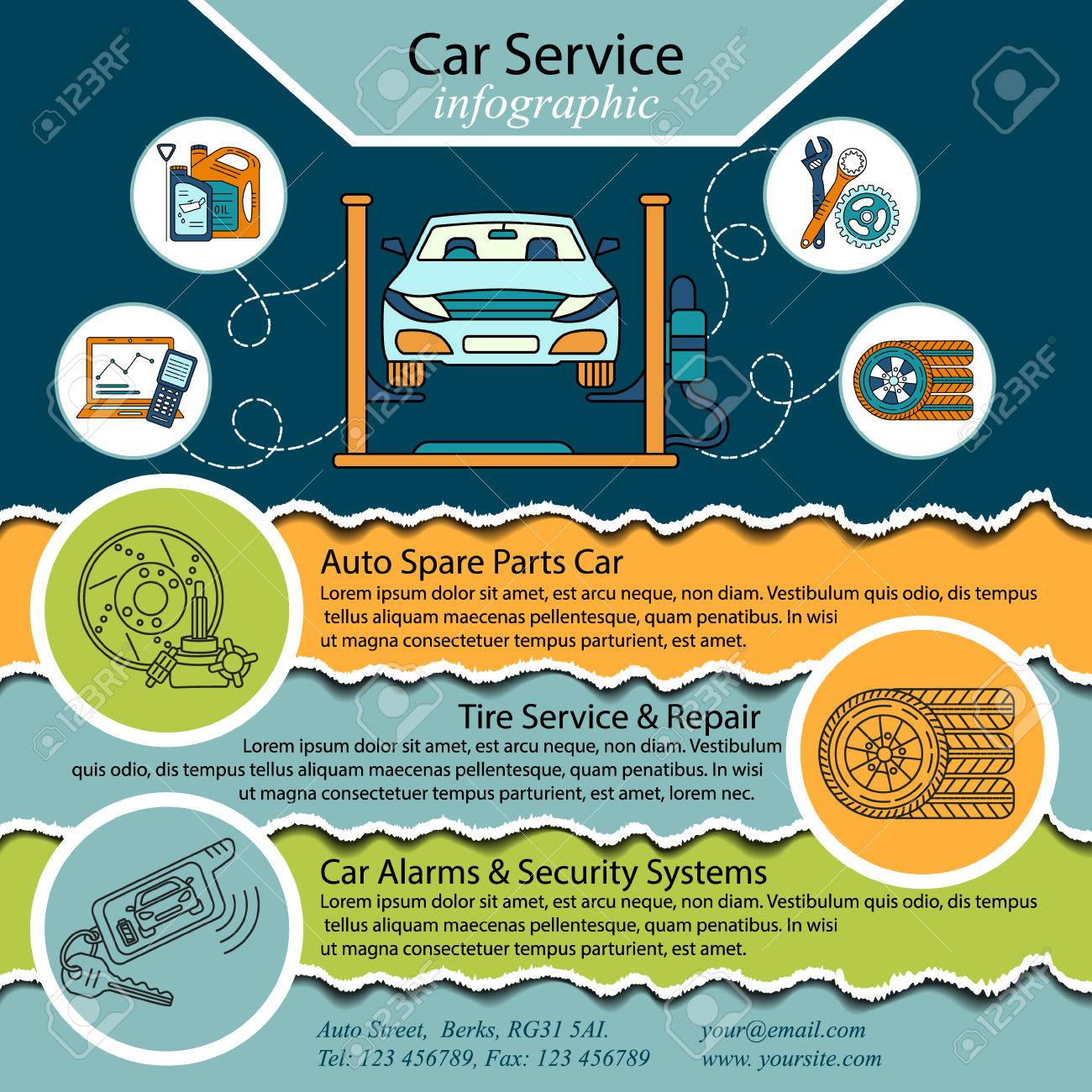Analyzing Your Auto'S Alert Lights: Their True Effects
Analyzing Your Auto'S Alert Lights: Their True Effects
Blog Article
Authored By-Termansen Torres
When you're behind the wheel, those radiant warning lights on your dashboard can be a little bit bewildering. Do a knockout post know what they're attempting to inform you concerning your vehicle's wellness? Recognizing the value of these lights is important for your safety and the longevity of your lorry. So, the next time among those lights appears, would not you want to decode its message precisely and take the essential actions to address it?
Common Warning Lighting and Interpretations
Recognize usual caution lights in your cars and truck and understand their meanings to ensure safe driving.
The most regular warning lights include the check engine light, which signals issues with the engine or emissions system. If this light begins, it's important to have your car inspected quickly.
The oil pressure alerting light indicates reduced oil stress, calling for prompt focus to prevent engine damage.
A flashing battery light might suggest a defective charging system, potentially leaving you stranded if not attended to.
The tire pressure tracking system (TPMS) light notifies you to low tire stress, influencing automobile security and gas efficiency. Overlooking this might lead to hazardous driving problems.
The abdominal muscle light indicates a trouble with the anti-lock braking system, endangering your capacity to quit quickly in emergencies.
Finally, the coolant temperature level warning light warns of engine overheating, which can lead to extreme damage if not fixed promptly.
Understanding these usual warning lights will certainly help you attend to problems without delay and preserve safe driving problems.
Importance of Prompt Attention
Recognizing the usual warning lights in your vehicle is just the primary step; the value of quickly dealing with these warnings can not be emphasized sufficient to guarantee your security when traveling.
When a caution light illuminates on your dashboard, it's your vehicle's way of communicating a prospective issue that needs focus. Overlooking these warnings can result in a lot more severe problems later on, jeopardizing your security and potentially costing you much more out of commission.
Motivate interest to cautioning lights can protect against failures and accidents. For instance, a flashing check engine light can suggest a misfire that, if left neglected, might trigger damage to the catalytic converter. Resolving this immediately can conserve you from a costly fixing.
Similarly, a brake system alerting light may indicate reduced brake fluid or worn brake pads, crucial components for your safety when driving.
Do It Yourself Troubleshooting Tips
If you notice a caution light on your control panel, there are a couple of DIY repairing tips you can attempt before seeking specialist assistance.
The very first step is to consult your cars and truck's manual to understand what the certain warning light shows. In some cases the concern can be as straightforward as a loose gas cap triggering the check engine light. Tightening up the gas cap may resolve the issue.
a & m detailing is a low battery, which can trigger various alerting lights. Examining the battery links for rust and ensuring they're secure might deal with the issue.
If a caution light continues, you can try resetting it by detaching the automobile's battery for a few minutes and then reconnecting it. In addition, checking your automobile's fluid degrees, such as oil, coolant, and brake liquid, can help troubleshoot warning lights related to these systems.
Conclusion
To conclude, comprehending your car's caution lights is vital for maintaining your vehicle running smoothly and safely. By immediately resolving these signals and knowing what they indicate, you can avoid pricey repair services and possible malfunctions.
Remember to consult your automobile's handbook for certain details on each warning light and act appropriately to make sure a trouble-free driving experience.
Remain notified, stay risk-free when driving!
